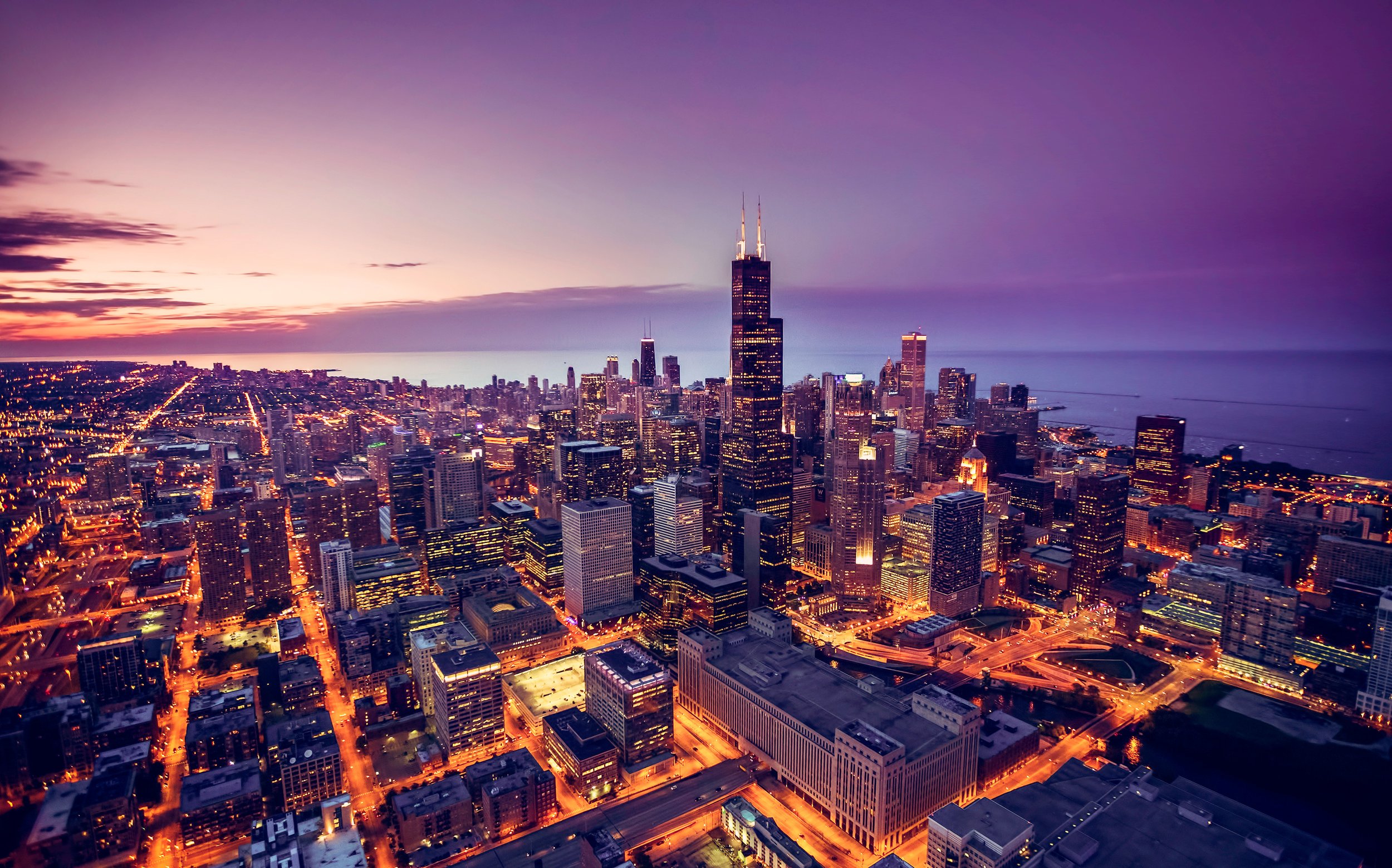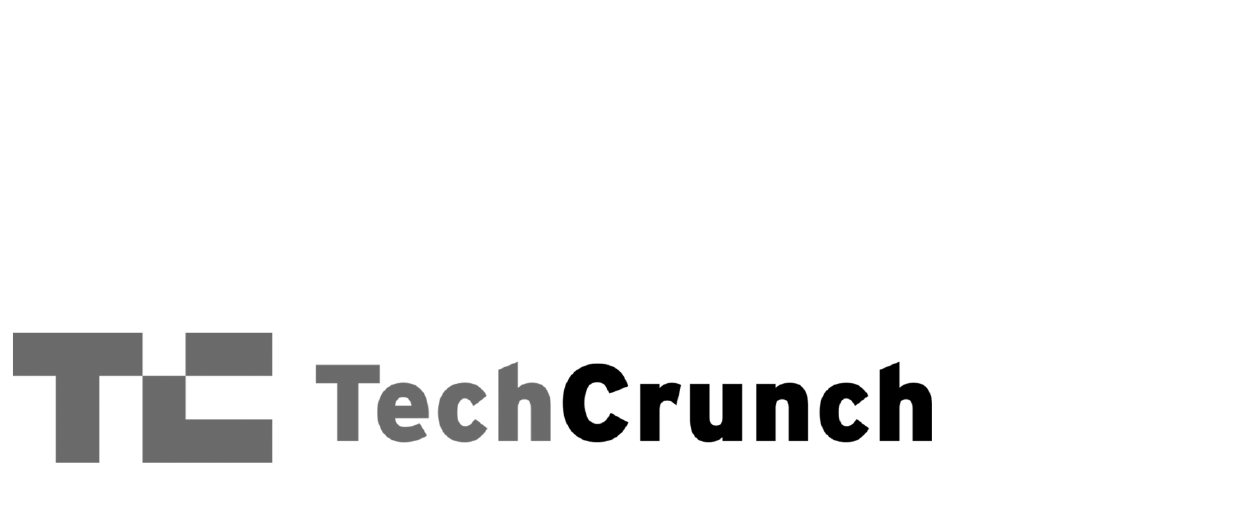
There’s this weird thing about the entrepreneurial spirit and trying to create jobs from a new idea: It takes intense work and focus but also patience, qualities hard to find in equal measure.
On the Near West Side, within blocks of each other, are examples of two such operations seeing results from its investments of labor, thought and capital. They will be part of an innovation economy taking root in what was Chicago’s old meatpacking and produce district.
Battery startup NanoGraf has cut the ribbon on its new manufacturing facility in Chicago’s West Loop.
NanoGraf CEO Francis Wang speaks with Bloomberg TV about NanoGraf’s work and recent ribbon-cutting.
After opening a 17,000-square-foot manufacturing facility in the West Loop last week, battery tech startup NanoGraf is going deeper in its relationship with one of its more loyal customers. The Chicago tech startup this week received an $8 million contract from the U.S. Army intended to help the company scale production at its new facility.
NanoGraf Corp. is ready to make Chicago a battery capital for the entire United States. The Chicago-headquartered battery startup held a ribbon-cutting Friday for its new 17,000-square-foot manufacturing facility in the West Loop.
A startup specializing in high-performance batteries is close to starting operations at a facility near Chicago’s central business district that will help power devices such as night-vision headsets and radios for the US military.
Illinois’ success in landing an electric vehicle battery plant came from defeat.
Nearly a year before China’s Gotion Hi-Tech chose Manteno for a $2 billion battery assembly plant, it picked Michigan for a similar factory. Gov. J.B. Pritzker set about persuading lawmakers to authorize a $400 million deal-closing fund and extend the state’s incentives, primarily payroll-tax credits, to last as long as 30 years. The legislation passed in December and January.
We began with 50 companies that are changing Chicago's tech scene for the better.
Those ventures, this year's Fire Awards honorees, collectively have raised millions of dollars, expanded their portfolios, launched venture funds and received recognition across the tech space.
Now it's time to reveal the winners of this year's Blazer awards, the ventures in each of the five Fire Awards categories truly shaping Chicago tech this year.
President Kurt "Chip" Breitenkamp sees a dual business model of manufacturing silicon-based battery materials and the cells themselves as a catalyst for long-term growth.
Among the highlights in the past year for NanoGraf, the Chicago startup that's building longer-lasting and higher-power lithium-ion batteries, is securing both an oversubscribed $65 million Series B and multiple Department of Defense contracts, and developing a new 17,000-square-foot facility in Fulton Market.
NanoGraf Corporation has developed a novel high-energy density Si-based anode material that has the long-term potential to replace graphitic-based anodes in lithium-ion batteries for a range of applications, from consumer electronics to electric vehicles.
Connor Hund says NanoGraf aims to onshore production of its silicon-anode material at a new Chicago facility beginning in Q2 this year. The company, whose backers include the Department of Defense, claims to have created the most energy-dense 18650 cylindrical cell yet, at 3.8 amp-hours. The technology key is a pre-lithiated core that allows an anode silicon percentage as high as 25 percent, versus cells that typically top out at 5-to-7 percent silicon.
AZoM talks with Francis Wang, CEO of NanoGraf, to discuss their new lithium-ion battery technology and the onshoring of production in the Midwest.
NanoGraf, a lithium-battery startup, has raised $65 million to help it build up its Chicago production facilities, joining a wave of investment that has poured into US battery manufacturers.
Volta Energy Technologies and CC Industries led the round, which brings the total amount raised by NanoGraf to about $100 million, the company plans to announce Tuesday.
Q&A with NanoGraf COO Connor Hund
Graphite, a pure form of carbon, is a critical material for battery anodes. Graphite’s physical structure allows it to store lithium ions, which merrily migrate to the anode when the battery is charged. Unlike cathodes, which can be composed of various combinations of chemicals (cobalt, nickel, manganese, lithium, iron, phosphorus et al), all current anodes used in EV batteries are composed mainly of graphite.
Battery-technology startup NanoGraf has raised $65 million to ramp up production at a West Side factory that will open later this year. Warrenville-based Volta Energy Technologies and CC Industries, the Crown family's holding company, led the investment. TechNexus and five other investors also joined the round, with existing backers, including Hyde Park Angels and Evergreen Climate Innovations.
“Our work with the U.S. Army equips soldiers with batteries that can last as long as their missions require.”
— Dr. Francis Wang, NanoGraf CEO






























